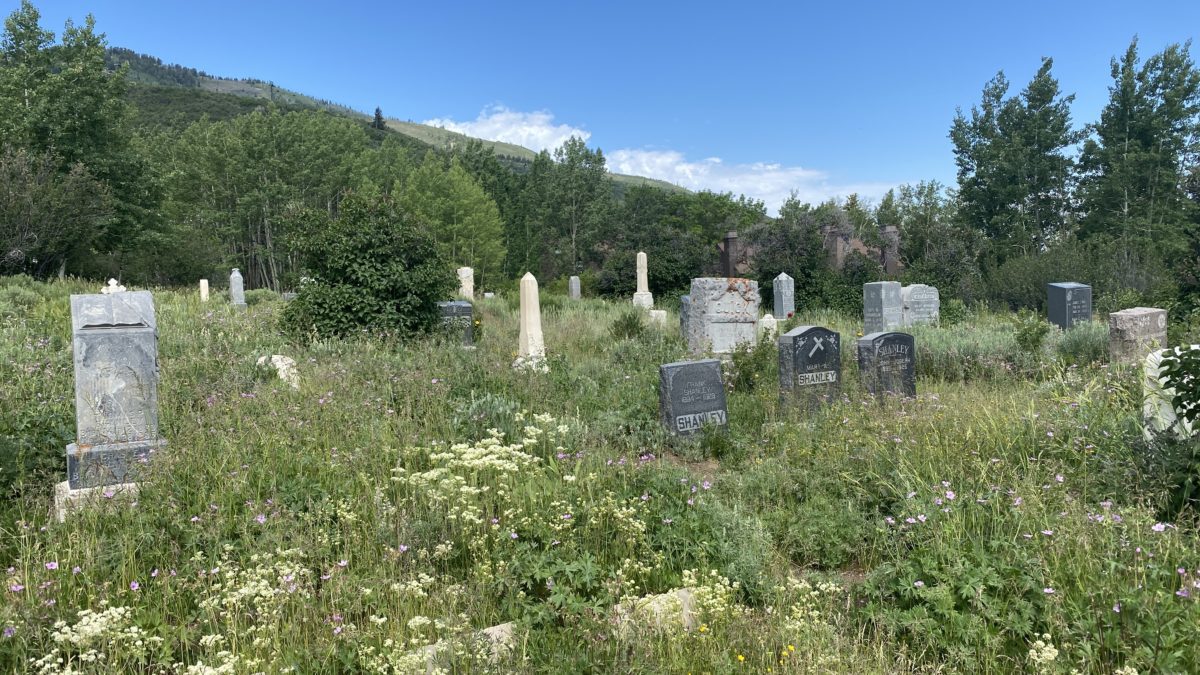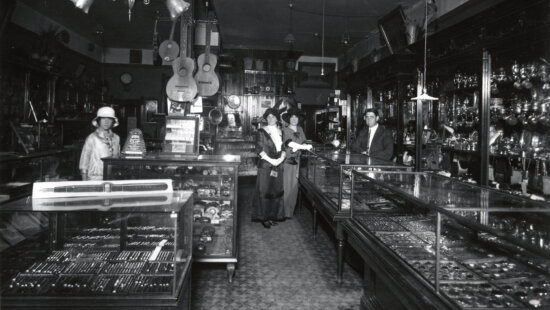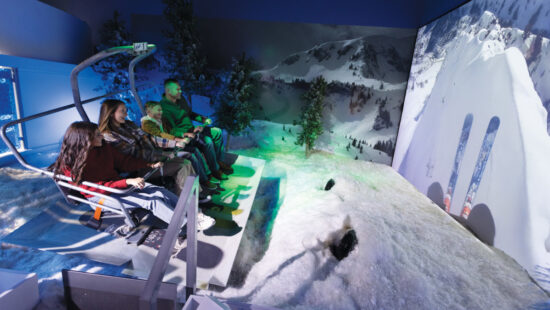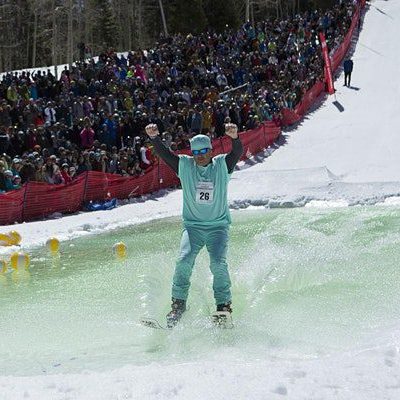History
The real ghosts of Park City: History, mystery, and the stories beneath the aspens

Photo: TownLift // Meredith Kluever.
PARK CITY, Utah — Nestled beneath a canopy of aspen trees along Silver King Drive, Glenwood Cemetery sits quietly above town. This five-acre hillside is the final resting place for nearly 1,000 miners and pioneers who helped shape Park City, lying beneath the mountain that once defined their lives.
Established in 1885, the cemetery was created by Park City’s fraternal organizations, including the Odd Fellows, Masons, and Woodmen of the World, according to the Park City Museum. These groups purchased three acres from the Thiriot family and received an additional two acres as a donation, thus forming what the museum describes as “a partnership of the fraternal orders active in Park City at the time.”
“These organizations provided burial and health benefits at a time when mining companies offered none,” the museum notes on its website. Each order maintained its own section of the grounds, allowing miners and their families to be buried among their fellow members.
The museum describes Glenwood as “Park City’s storybook,” where nearly every headstone tells a piece of local history. The cemetery adheres to historic preservation guidelines, allowing native grasses and wildflowers to flourish throughout the summer. Mowing is delayed until late in the season, creating what the museum refers to as “a wildflower sanctuary among the headstones.”
In a video presentation available on the museum’s website, local historian Larry Warren guides viewers through the grounds, calling Glenwood “a peaceful, historic place,” where “each of the 949 pioneers buried here could tell their own story of life in a booming frontier mining town.”
The video features several early residents through first-person reenactments. One portrayal includes Alexander Smith, a member of the Knights of Pythias and the Ancient Order of United Workmen, who helped establish the cemetery. “I was instrumental in getting this cemetery started,” he shares. “Little did I know I would be the first one here.”
Other reenactments highlight Mary Johnson Rasmussen, a Norwegian immigrant whose husband died in a mining accident; Judge James Dunn, a Scotsman who served as miner, coroner, and city judge; and John Nimmo, who recalls the 1902 Daly West explosion, a disaster that claimed dozens of lives and remains one of Park City’s darkest days.
The museum also tells the stories of Harriet Truscott, a Cornish dressmaker raising her son alone, and Ellen Sloan Mawhinney, who arrived from Ireland in 1876 to start a family. Not all stories conclude in triumph — the museum notes that approximately one-third of Glenwood’s graves belong to children under the age of five, many marked by lamb carvings atop small headstones.
Although the cemetery can accommodate up to 5,000 burials, only 949 are recorded in its “Book of the Dead.” As the mining era declined and the fraternal orders faded, Glenwood fell into neglect. By the 1970s, the museum reports, the cemetery was nearly overgrown and vandalized. Restoration efforts began in the 1980s, and in 2016, the Park City Museum took on stewardship of the property.
Today, the cemetery remains open from dawn to dusk. The Park City Museum offers seasonal guided tours that share the stories of miners, immigrants, and families who helped shape early Park City.
“The stones tell of home countries far away,” Warren says in the museum’s video. “You can come take a quiet walk in this peaceful place anytime and learn the history of Park City through the carvings on the stones here at Glenwood.”
The origins of Park City’s cemeteries and how they preserve history



















